If the power goes out in one room, you should ensure that it is available in the rest of the house. The most common cause of power outages is a storm. However, sometimes they happen when you test the limits of the power cord and lose it.
What happens when your house’s power goes out in only one room? No need to worry about the weather unless it is storming outside.
In a house where every room functions normally except one, the outage is localized, and there are usually a few possible causes.
It’s odd when there’s just one room in the house while everything else seems to be humming away. Various causes can lead to this, some of which are easily remedied and some of which are more serious.
What Is A Partial Power Outage?
The power company’s line has been compromised when you experience a partial power outage. The other half of your house is still being powered, even though only one phase of electricity is available. As a simplified explanation,
The term “partial outage” refers to a power outage that occurs only in certain areas of your home or business, as opposed to a complete power outage, which occurs when all of the property’s power is out.
What Causes A Partial Power Outage?
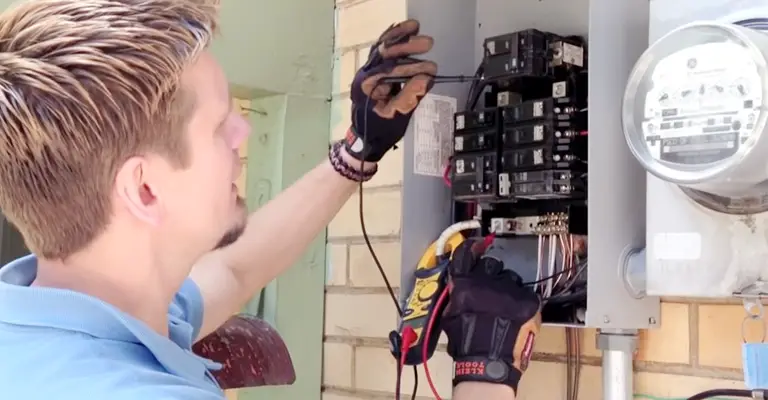
Damaged circuit breakers and failing panels typically cause partial power outages. In addition, electrical circuits usually fail due to overload or short-circuiting from malfunctioning wires or appliances.
Why Would I Lose Power In One Room?
Power outages are typically caused by storms, accidents, or repair or maintenance on the power system being performed by the power company.
However, the situation becomes stranger when only a small section of a home or a single room loses power.
A variety of factors may cause the loss of power. However, you can troubleshoot the issue by following some steps.
1. You Overloaded The Electrical Circuit
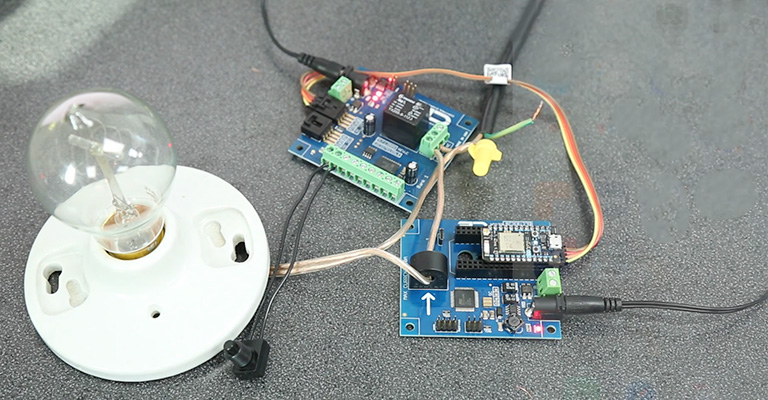
To prevent an electrical fire, your system detects an excessive electrical current. Look for a blown a fuse or tripped circuit in your fuse box or circuit breaker and reset it.
It’s as easy as flipping the switch. Make sure your home is set up to handle the electricity your family needs with the help of a licensed electrician.
In an age of ever-increasing electronics and appliances, our homes cannot remain untouched. So, to prevent future power outages and safety hazards, your electrician will update your home.
2. Tripped Breaker
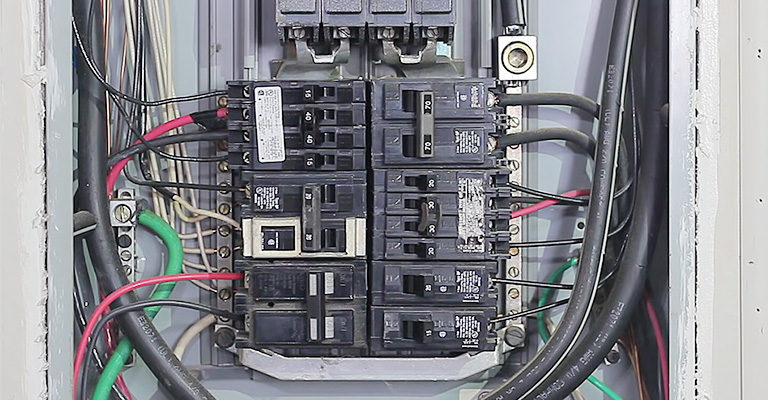
A tripped circuit breaker may be the cause of the localized outage. Also, a defective appliance or an overloaded circuit can cause this. Make sure that all appliances are unplugged, and that the breaker is working.
There are usually well-documented breakers in a breaker box in homes or apartments. On a panel, usually next to the corresponding breaker, they are listed on a sheet.
It is easy to identify a tripped breaker because it is normally in the “on” position. However, sometimes it will be in the “tripped” position between on and off, or it could be in the “off” position.
You can turn it back on if it is in the “off” position. If it is in the “tripped” position, move it first to the “off” position, then back on. You may need to feel the switch to determine if it is in the “tripped” position if you are unsure.
The procedure should restore power to the room if a tripped breaker is the cause. Taking a look at your appliances might help you figure out what’s wrong if it doesn’t work.
3. GFCI Outlet
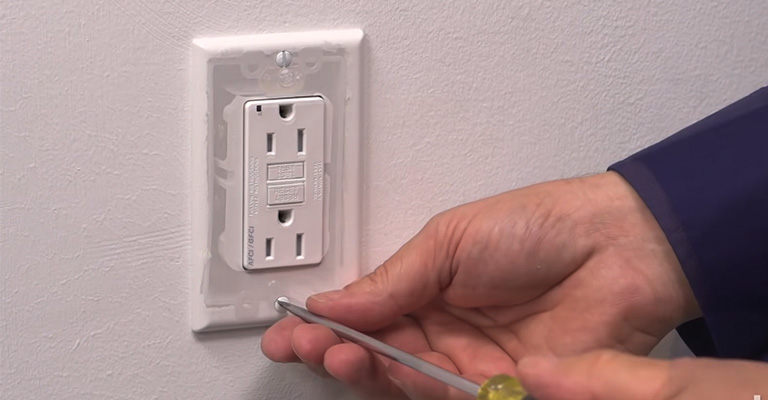
The second step of your investigation is to check if there are any GFI outlets in the room. A breaker is built into this outlet.
The outlet is equipped with two buttons. There are two buttons: a “test” and a “reset.” Try pressing the reset button to see if that helps.
You may need to look in adjoining rooms to find the GFCI outlet since it may not be in the room that lost power.
Upon restoring power in that room, you will need to examine the condition of the appliances you have plugged in and check that you’re not overloading the outlets.
4. Loose Electrical Wiring
If you have loose wires in your outlets, either the wiring has become loose over time, or the wiring has been damaged. There was a problem with the connection, or it was never appropriately connected in the first place.
In addition, other outlets on the same circuit can be affected, malfunctioning (or not functioning at all). If electrical outlets aren’t working in one room, secure reattachment of the wires is often the solution.
5. Faulty Appliance/Plug
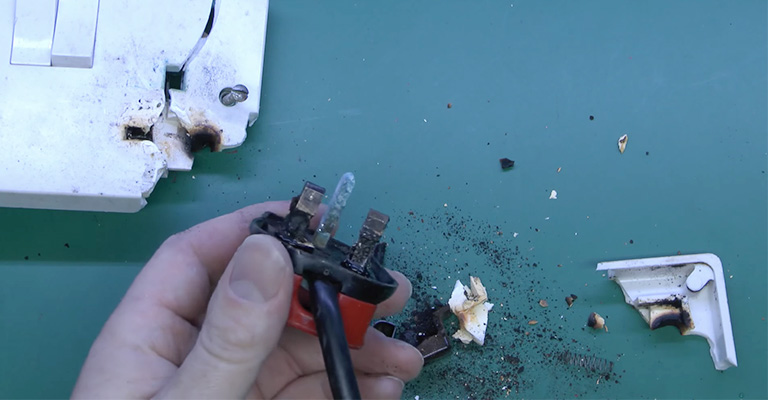
In some cases, you may find a malfunctioning electrical outlet in one room caused by a malfunctioning appliance elsewhere.
First, examine every appliance in the room for electrical hazards such as wear, melting, and damage to the cord and the appliance.
Then, ensure they are all in good shape by plugging them back in and resetting any reset buttons. Are you still having trouble?
You could try bringing one or two of the most portable appliances (such as a lamp) into another room and plugging them in. But, again, you have an issue with your outlets, so return to your original idea if they work in the new location.
6. Burnt Out Outlet
You should pay attention to red flags that indicate an outlet is on fire. A sizzling sound, a black or brown scorch mark, a melted appearance, or an outlet that feels hot (do not touch a faulty outlet – just place your hand close to it) are all signs of danger.
Immediately evacuate your home if you smell a strong burnt smell or see smoke. You have a fire caused by electricity! Until the outlet has been safely replaced, avoid using it. If your home has aluminum wiring, this is a sign.
How Do You Fix A Partial Power Outage?
There is one more thing to try if the power isn’t working after you’ve checked the circuit breaker panel. Make sure that the receptacle is GFCI-protected. Bathrooms and kitchens are common places to find them.
There are, however, exceptions to this rule. There are two buttons in the center of this type of receptacle, one for testing and one for resetting. As a safety precaution, these buttons are designed to stop the socket from overheating.
Try pressing the reset button if the power is restored to the area or room. Some rooms do not have GFCI receptacles, and even some that have power are not equipped with them.
If there are any GFCI outlets in the vicinity, you can reset them. Each of your sockets can be reset without harming the rest of the house.
What If You Can’t Find The Culprit?
It’s nothing to worry about – your electrician can identify your problem. However, only a professional should handle wiring issues that are caused by faulty wiring.
Final Words
You should call an electrician if your circuit breaker was not tripped and your GFCIs are working properly. A certified electrician can determine the source of the power loss in a single room if that’s the case.
A malfunctioning wiring, a faulty breaker, or termite damage could all contribute to the problem, but electrical issues need to be addressed by a professional.
Any outage that is accompanied by hissing, popping, or burning smell, should be reported to a qualified electrician as soon as possible. Best of luck!






